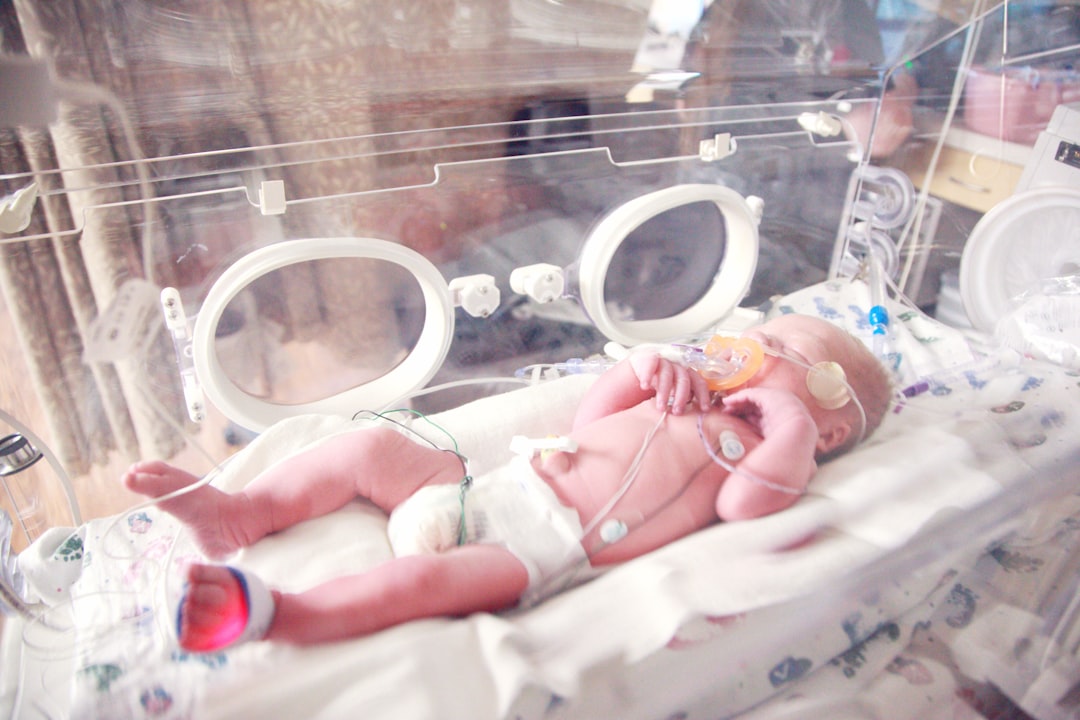What is it about?
Iron deficiency (ID) is the most common nutritional deficiency worldwide, and pregnant women are most at risk. It is estimated that 23% of women in developed nations, and as many as 50 to 80% of women in developing nations, experience ID during pregnancy. Iron is important for oxygen transport and energy production, and therefore its deficiency during pregnancy can affect the growing fetus. In this study, we sought to determine how ID alters the development of the kidney and liver, making these fetuses prone to long-term health complications such as high blood pressure, heart attacks and kidney disease. We studied how the mitochondria-the cell's powerhouse-is affected by ID within different organs in the offspring using a model of pregnancy. We found that the kidney is far more susceptible to mitochondrial dysfunction when compared to the liver, and this effect is far more pronounced in males than females. What's more, we found that reactive oxygen species, which can damage other cell components, are increased with ID in a sex and organ-dependent manner, effectively mirroring the mitochondrial dysfunction. Our study is the first to study sex and organ specific effects of ID on fetal mitochondrial function, which may have important implications for long-term health of these organs in later life.
Featured Image
Read the Original
This page is a summary of: Prenatal iron deficiency causes sex-dependent mitochondrial dysfunction and oxidative stress in fetal rat kidneys and liver, The FASEB Journal, June 2018, Federation of American Societies For Experimental Biology (FASEB),
DOI: 10.1096/fj.201701080r.
You can read the full text:
Contributors
The following have contributed to this page










